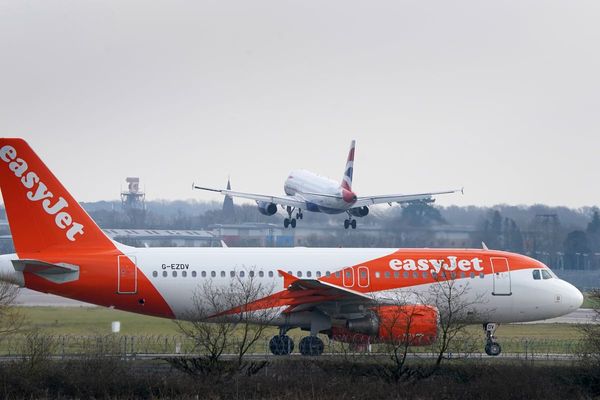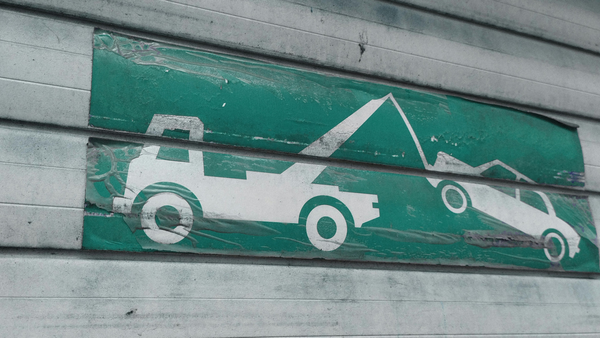
A briefing on the future of automated vehicles raises questions about Government support for local innovators and the impacts on congestion and safety, Marc Daalder reports
The Ministry of Transport says drivers licences may not be needed to operate self-driving cars in the distant future but critics believe it should be looking at the near-term.
A new report from the department canvasses the potential impact of automated vehicles (AVs) in New Zealand.
"We can see examples throughout history of the impact of technology on transport and its ability to significantly disrupt and transform not only the system but society itself," the Long-Term Insights Briefing states.
"AVs present one of the greatest areas of uncertainty for the future of the transport system. The exact timeframes for fully automated vehicles are still unclear, and the extent to which they will impact our day-to-day life in Aotearoa is unknown."
They have the potential to reduce road deaths, displace jobs in trucking and similar sectors and make mobility more accessible. On the other hand, the ministry wrote, the new technology poses regulatory and ethical challenges, with no laws on the books that currently prevent automated driving.
Finally, the document says it remains to be seen whether AVs will even make a splash or whether they’ll end up just another gimmick.
Mahmood Hikmet, head of research and development at New Zealand-based AV developer Ohmio, says this sort of attitude is why the country is being left behind.
"If you go back about 10 years or so, New Zealand was really posed as one of the primary places to test autonomous vehicles," he said.
There’s a quirk in our roading legislation: it doesn’t specify a vehicle has to have a driver.
This wasn’t forward-thinking, just a relic of a time when it was a given that a car needed a person to drive it. But it was a good starting point - a decade ago.
"Since then, we’ve done nothing policy or strategy wise to harbour autonomous vehicles in any way or test them or try anything with them. New Zealand went from a place which was one of the contenders for trialling and testing new technology to being a laggard in this area and waiting to see how the dust settles overseas."
This makes it difficult for Ohmio to do its work. In fact, due to regulatory barriers, the company isn't eligible for a range of innovation grants from the Government. That means there's more money in trialling its technology - self-driving shuttles to plug first- and last-mile gaps in public transport networks - overseas.
"We're the only autonomous shuttle manufacturer in the southern hemisphere. Right now, when we have people coming from overseas to view the vehicle, we're taking them to Sydney. We're not bringing them to Auckland, we're taking them to Korea. We take them to the places where our vehicles are actually deployed," Hikmet said.
There are also consequences for New Zealand more generally.
"New Zealand is so small as a market that we're essentially a rounding error compared to everywhere else in the world. So if a technology comes out that doesn't suit us, we need to either compromise on our values or we need to not have that technology and lose whatever it ends up bringing us," he said.
"If you relegate us as a taker of technology, that's what you get. If you say, alright, we're a small country, but that means we are quick to change, we don't have as much red tape to get through to try new things and create a blueprint for the entire world. While the technology is still malleable, we can instil the values of New Zealand into that technology so that by the time it goes global those values are baked into that solution."
That could give New Zealand agency over developments it otherwise wouldn't be able to influence and turn our biggest market weakness into a strength.
"There's this growing tension where of course New Zealand wants to have a hand in deciding what kinds of technologies we have here. And on the other hand, the small size, small population, ultimately small markets of New Zealand mean that it largely ends up choosing between the options that are provided by the US, China and to some extent the EU and other Asian countries that are producing new technologies and vehicles," University of Auckland lecturer Ethan Plaut told Newsroom.
"Is it good for New Zealand to be proactive in thinking about what kind of transportation future they want? Absolutely. Is all of that stuff very easily under New Zealand's control? It is not."
The transport ministry's briefing contains three paths the country could take: "Wait and see", "balanced and iterative" or "steering the course and enabling innovation". Hikmet says that, currently, the Government is embarking on the first, with a "sprinkle" of the second.
Beyond questions about New Zealand's role in the development of the technology, the briefing also entertains a range of other questions. It isn't intended to outline government policy but merely to examine potential impacts and options.
It notes that there are many potential benefits to the technology, including in expanding access to public transport and making private vehicle travel more accessible to disabled people. Over the long term, AVs could reduce road deaths and serious injuries but that's still several decades away.
There are challenges, too. The lack of a hard bar on autonomous technology means certain types of AVs - with lane centring, adaptive cruise control or automated driving that still requires driver attentiveness - are either on the roads or could be within a few years.
If AVs are mostly privately owned, they could also contribute to congestion and get in the way of achieving climate targets.
"If the ownership model for AVs ends up being predominantly private and not shared, AVs may only exacerbate existing congestion challenges for commuters," the ministry predicted.
"For example, increasingly people are living where housing is more affordable on the outskirts of main centres where they have long commute times by private vehicle. It will become even more palatable to commute between these cities in the future if the [automated driving system] will do all the driving.
"If we step back and really take a big picture vision of this, if lots of people are happy to live two hours from where their job is [because driving is easier], then you potentially get huge sprawling suburbs and lots more time on the road. You could lose efficiency rather than gain efficiency," Plaut agreed.
"The hope that everybody's going to have their own little pod of an automated vehicle to get them around the city effortlessly and the idea that we should be planning the city for that, it's all deeply misguided."







